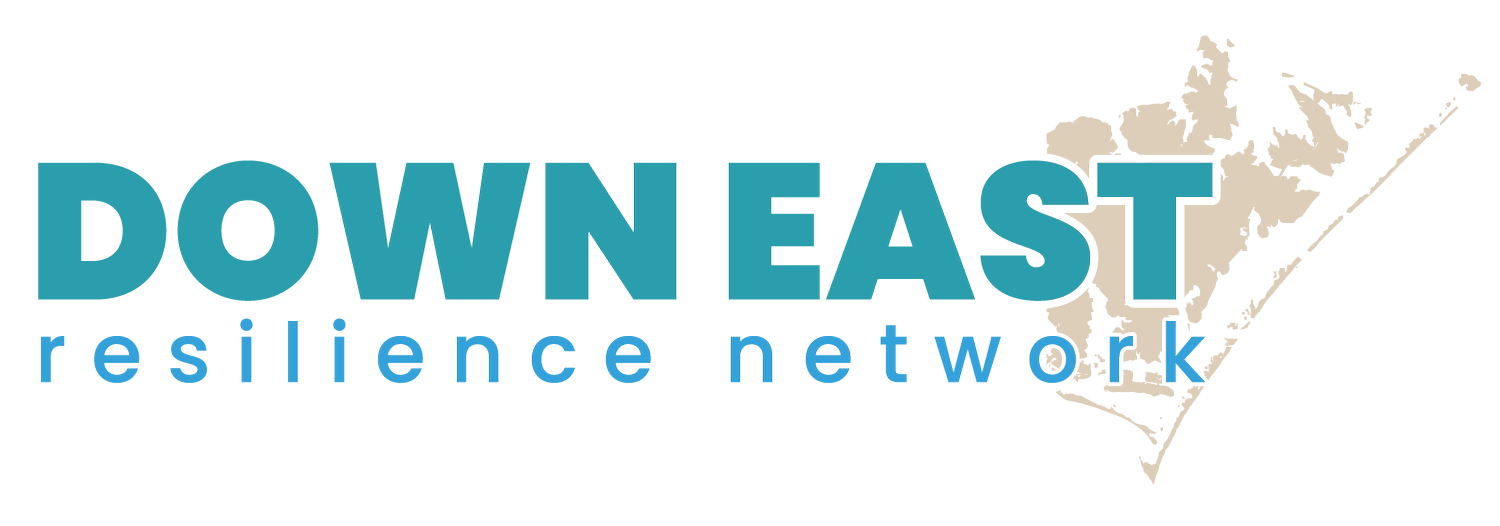Sunny Day Flooding
Flooding is occurring more and more often in low-lying coastal areas outside of extreme storm events like hurricanes and nor'easters. These floods can be caused by high tides – often referred to as “sunny day flooding”, “high tide flooding”, or “king tide flooding” – but also from wind, rain, high groundwater, or a combination of drivers. Collectively, we call these floods “chronic coastal floods”. While these floods typically affect smaller areas than hurricanes and tropical storms, they can disrupt daily life, lead to economic losses, and damage property (Moftakhari 2017).
As sea levels rise due to climate change, these floods will become more frequent, get deeper and move farther landward (Sweet 2021).
WHAT IS THE SUNNY DAY FLOODING PROJECT?
The Sunny Day Flooding Project is a research effort based at the University of North Carolina at Chapel Hill and North Carolina State University. We collaborate with communities to measure, model, and better understand the causes and impacts of chronic coastal flooding in North Carolina. We are working to foster and inform a community conversation to identify response strategies to mitigate flood impacts in the future. This work has several linked components:
Measuring Flood Incidence
The Sunny Day Flooding Project has installed four flooding sensors in Down East Carteret County to monitor street conditions and water levels. Photographs and water levels are publicly available in real time on our website.
Pictured below are the locations of the four flooding sensors installed across Down East (in Davis, Sea Level, Cedar Island, and at North River), as well as in Beaufort.
Understanding Flood Impacts & Adaptation
We are collecting information from community members to understand how they have been affected by chronic coastal flooding and their priorities for reducing flood impacts. In the summer of 2024, we interviewed dozens of residents and professionals Down East about how they cope with chronic coastal flooding at home, at work, and in their communities. We plan to continue to collect input at community events in the coming months.
Community-Engaged Flood Modeling
Using the data from our sensors and the community input we’ve collected so far, we are developing a flood model that can be used to assess how flood risk might change in the future and test the effectiveness of different response strategies. We will be seeking feedback on the model and ideas for response strategies to test in 2025.
WHAT DID WE LEARN?
The Sunny Day Flooding Project sensor in Sea Level captured 122 days of flooding over the course of a year from May 1, 2023, to April 30, 2024, where flooding is defined as any amount of water rising above the roadway closest to where the sensor is located. This is a much higher frequency of flooding than recorded by our sensors elsewhere in the state during the same year. It is also a much higher frequency of flooding than estimates based on the NOAA Beaufort tide gauge, which is what scientists use to predict this type of flooding. Tide gauges only measure marine-based sources of coastal flooding like tides and wind, and water levels driven by these factors – particularly wind -- can differ between Beaufort and other parts of Carteret County. Our sensors reflect flooding driven by all sources, including rain, groundwater, and wind, resulting in a higher measured frequency of flooding.
We also learned about flooding hotspots and coping strategies from our interviews in the summer of 2024. Many residents and professionals interviewed saw flooding becoming more common and intense and prepared for it in different ways, for example by raising their houses or staying inside during floods. People believe the measures they are taking are enough for sunny day flooding, especially since they are also preparing for deeper flooding from storms, but residents believe more frequent flooding would be a problem. For more details, please see our report here.
Thank you to Dr. Katherine Anarde, Dr. Mikyuki Hino, Ryan McCune, and James Collins for their contribution to this write up for DERN.




